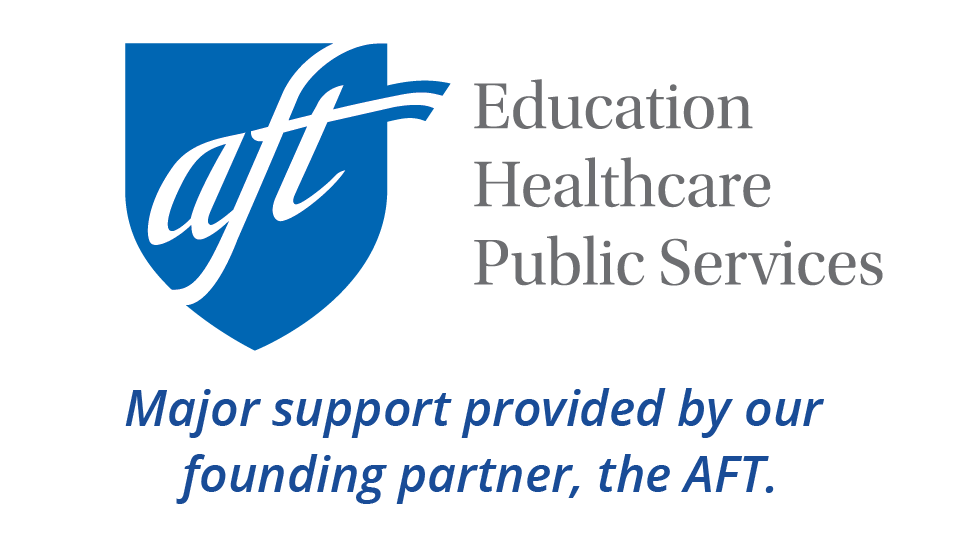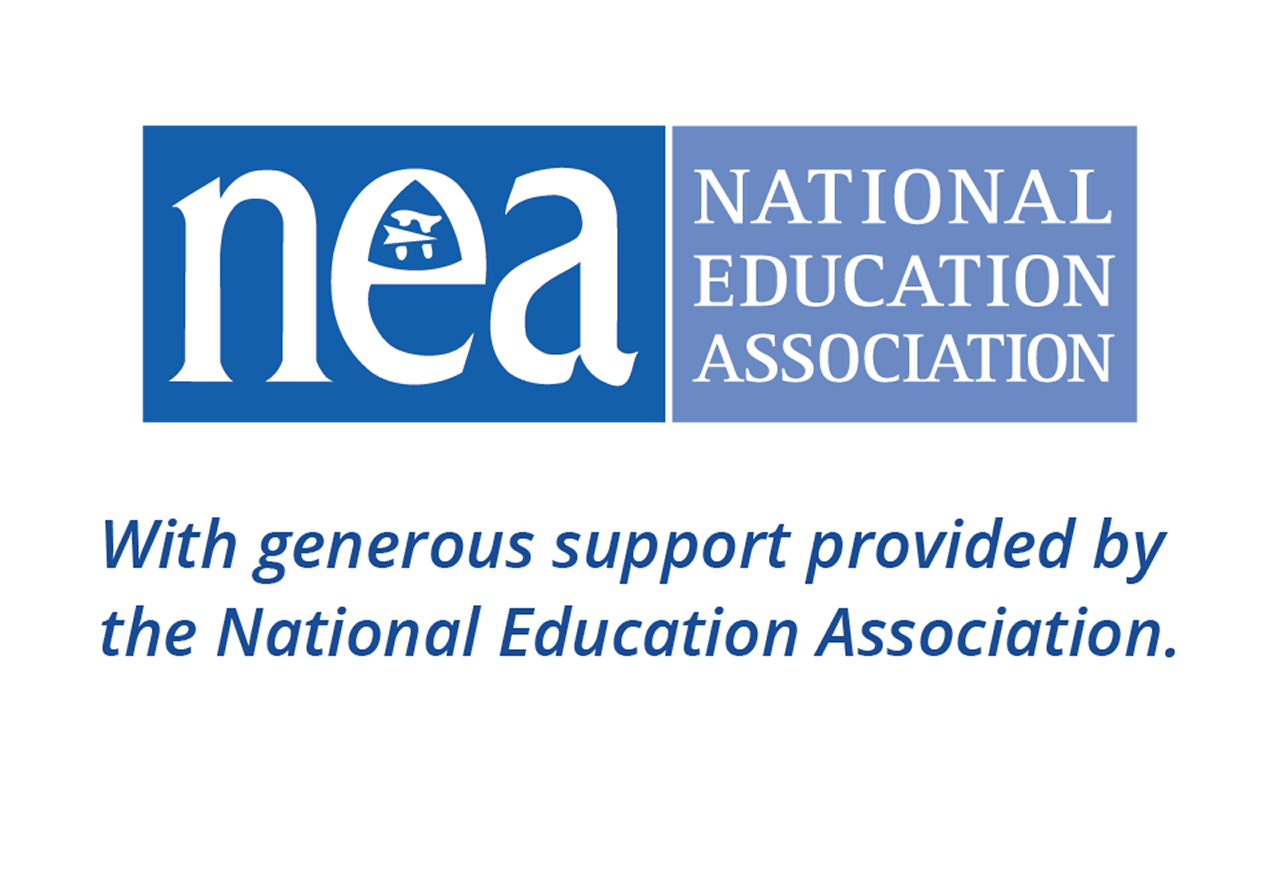Note: In this article, Spanish is considered the native language, and English is considered the second language.
As a parent, you may be wondering whether you should be reading to your children in Spanish or English. You may be afraid that reading to them in Spanish will confuse them as they try to learn English, and that it will make it harder for them to read in English. You may also be concerned that you shouldn't read to them in English if you don't feel comfortable with your own English skills.
While it is important to encourage and support your child's efforts to learn English, research shows that children who are read to in their native language (such as Spanish) will have an easier time learning to read in their second language (such as English). The benefits are even greater for children who learn to read first in their native language. This means that by developing your child's literacy skills in Spanish, you will be making it easier for them to learn to speak, read, and write English in the future. This article provides information about the research done on this topic, and suggestions of ways that you can help your child develop his or her literacy skills in your family's native language.
Research Findings
Definitions
Academic language: "the language necessary to speak, listen, read, and write in an academic environment" (Anstrom, 1999).
Cognitive foundation: the development of the brain's ability to process information
Native language: the first language a person learns to speak
Second language: the second language a person learns to speak
A number of studies have been conducted about the ways in which children learn to read in a second language most effectively. Some of the results of those studies include the following findings:
- Young children who were exposed to age-appropriate books and literature in their native language developed stronger pre-literacy skills than children who were only exposed to books in their second language (Association for Childhood Education International, 2003).
- Children who learn to read in their native language first will have an easier time learning to read in their second language than children who never learned how to read in their first language (Anstrom, 1999). Children who can read in their native language understand the process of reading, even if they need to learn new letters, sounds, and words to attain reading proficiency in a second language. Children who are learning to read for the first time in their second language have twice as much work to do because they are learning the process of reading from the beginning at the same time that they are learning a new language (Short & Fitzsimmons, 2007).
- Although children seem to learn new languages very quickly, without a strong cognitive foundation in their first language, children learning a second language "will tend to take much longer to acquire cognitive academic language skills in the second language" (Ramirez et.al, 1991).
- The first three years of a child's life are critical to brain development, and increased exposure to a child's native language lays an important foundation for strong literacy skills when the child is older (Department of Education, Archived Information). In addition, when a child's brain is exposed to language at a very young age, the brain develops a life-long capacity to learn language, including foreign languages (McGill University, 2002).
- Infants exposed to spoken language (reading out loud, talking, singing, and listening to music) show more language proficiency and better reading skills once they enter school than those who had not heard a lot of spoken language during their infancy (Center for Early Education and Development, 2001).
Creating a Print-Rich Environment in Your Native Language
Now that you know some of the reasons that it is important to encourage literacy in your child's native language, how can you get started? Creating a rich language environment at home in your family's native language will stimulate your child's cognitive, linguistic, and social development, and will enforce his/her early literacy skills. You can do this by:
- Reading books in Spanish with your child on a daily basis
- Talking about the stories you have read together
- Playing rhyming games and singing songs in Spanish together (Example: I'm thinking of an animal that rhymes with globo: lobo)
- Encouraging your child to write in Spanish
- Keeping Spanish print material in your home such as books, greeting cards, magazines, and newspapers
- Exposing your child to games, puzzles, and music in Spanish
- Encouraging your child to use Spanish to tell stories
- Expanding your child’s Spanish vocabulary by teaching him/her new words, pointing out and naming objects, and helping him/her improve pronunciation
- Visiting the public library regularly to check out books and other resources
Libraries, bookstores, and community centers in your neighborhood may offer books in Spanish that you can read with your children. Even if you can't purchase books to take home, you can make special "reading trips" to these places to enjoy books with your children. If you can't find any children's books in Spanish in your community, talk with other parents about ways to create a collection of books or Spanish-language resources that many families can enjoy.
So when you see Spanish-language books at your library or bookstore, don't hesitate to pick them up and take them home — they may be just what you need to get your child on the road to reading and to becoming a successful English language learner!








Comments
Miss Boze replied on Permalink
Thank you for this informative article. I will share it with others in my community. I appreciate your bilingual Web site!
Add new comment